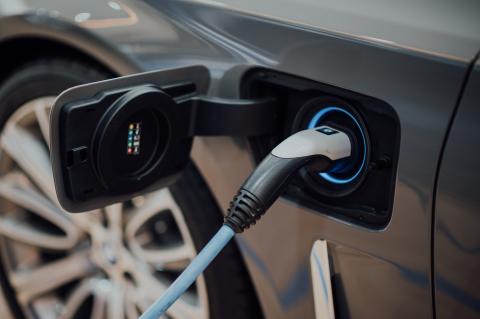Online Technical Training Blog

The Rise of the Electric Vehicle
Electric cars are officially about to break into the mainstream. “In 2015, 462,000 people around the world bought electric cars, according to the report — up 59% from the year before.” (techinsider.io) This year Tesla unveiled its highly anticipated Model 3, which 325,000 pre-orders were placed. Chevy is releasing the “Bolt” which will be available by the end of this year. The Bolt will cost $30,000 and will travel an estimated 200 miles per battery charge. Until recently most electric cars could travel 70-90 miles on a single charge. Some of these vehicles include the Fiat 500e, Nissan Leaf, Volkswagen e-Golf and the BMW i3. These limited range vehicles also take a long time to charge. The Nissan Leaf for example, using a 220 volt power outlet, takes 8 hours to charge the battery from 0 to 100 percent. Using a standard 110 volt outlet, it would take 14 hours to charge fully. Currently Tesla owns so-called “supercharger stations” that are able to charge Tesla’s battery in under 1 hour.
Over the last five years the growth of electric cars around the world has been staggering. There have been many factors that have contributed to the rise of electric cars. The first factor is cost. The battery is the most expensive aspect of an electric car. In 2010 the global average price of batteries was $1,000 per kWh (kilowatt hour.) By 2015 the price dropped to $350 per kWh. It is estimated that once battery prices reach $150 kWh they will be price competitive with gasoline vehicles. This decline in cost “reflect improvements in battery chemistry and in manufacturing processes, economies of scale as factories get larger, and aggressive pricing by large battery makers looking to defend market share” (techinsider.io.) Below is a chart that illustrates the decline in battery costs over the past five years.
 |
| (Bloomberg) |
A second significant factor that has contributed to the accelerated adoption of electric vehicles in North America are the availability of government incentives. In the United States incentives vary widely based on which state the electric vehicle is registered in, however on the federal level there is a $7500 federal income tax credit. In Canada the incentives vary from province to province. In Ontario there is currently a $3000 rebate and access to carpool lanes and also up to a $1000 rebate on installing a wall connector to charge an electric vehicle at home. Quebec has up to an $8000 rebate on purchase and a $600 rebate on installation of a wall connector. British Columbia offers a $5000 rebate on the purchase of a fully electric vehicle, and $2500 rebate on hybrid vehicles with “a minimum battery capacity of less than 15kWh but greater than 4kWh” (cbc.ca)
Another major factor influencing electric car adoption is gas prices. While the price of oil fluctuates drastically the price of electricity has remained relatively stable, for at least the last 18 months. The chart below compares the price of gasoline to the price of an eGallon, which is defined as “the cost of fueling a vehicle with electricity compared to a similar vehicle that runs on gasoline.” (energy.gov)
Electric cars are becoming more common which will require more electrician technicians to build and maintain electric cars. The electronics program at George Brown helps students develop the skills they will need to work and prosper in new non-oil based economy of the near future.



